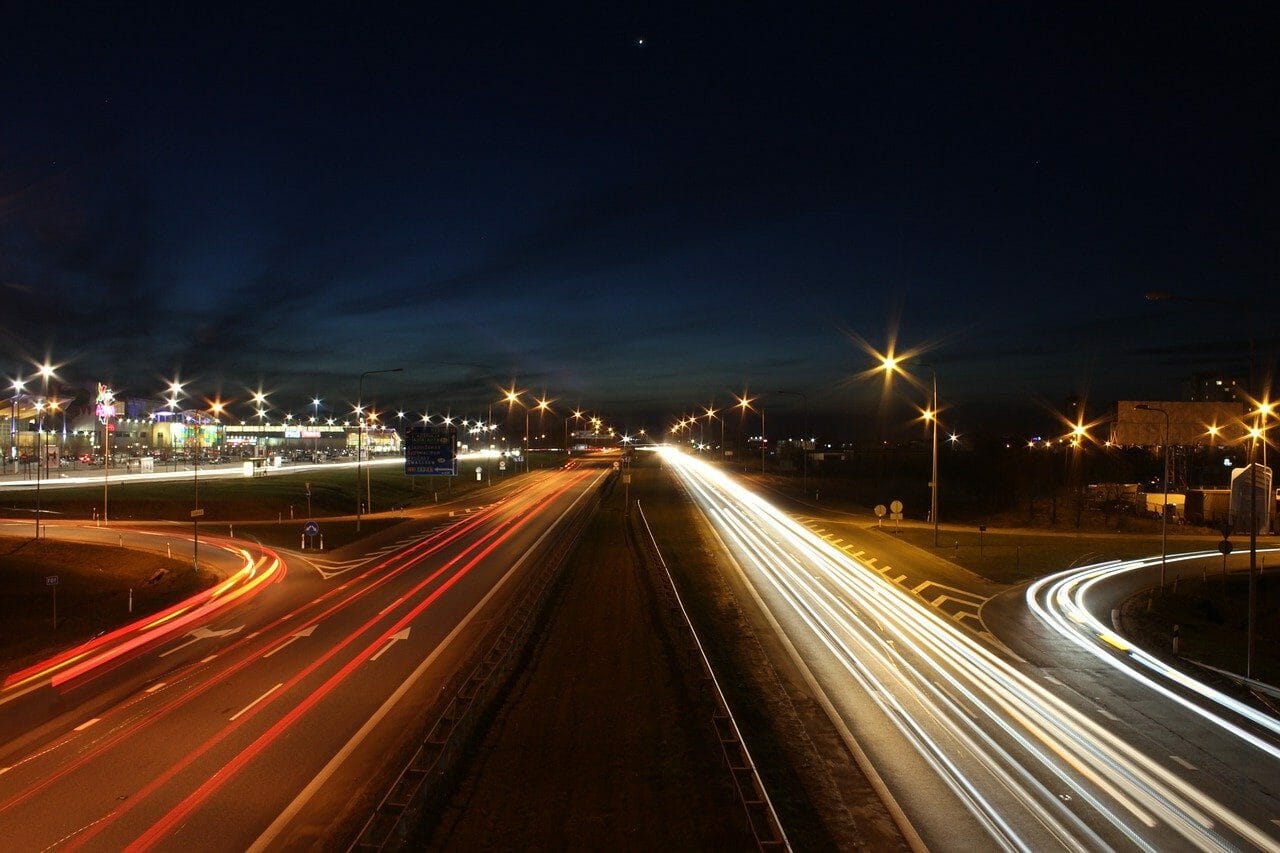
Technology is becoming a big talking point when buying a car. This ranges from parking assistance that helps guide the car into a space to new plug-in hybrid technologies that many cars such as used mazda cx5 have.
But are these digital evolutions only happening to our vehicles, or are we seeing improvements being made to roads and motorways too? What if motorways were converted into Digital Roads so you could predict any potential issues for your trip? Could these hinder drivers as much as they help?
In this article, we’ll examine what a Digital Road actually entails, including the potential positives and negatives that come with adding technology to roads.
The basics of Digital Roads
The concept of Digital Roads comes courtesy of National Highways, formerly known as Highways England. To improve the efficiency of journeys on the motorway, they’re looking to introduce technology that provides drivers with the most up-to-date information possible.
The major step to achieve this is moving all their data onto cloud servers. Centralising this to a more accessible platform will aid data collection. Making the input of data a simpler process means that the information that is output to drivers and motorists will improve. This is a plan that has the target of keeping innovations operational with their own informational webpage and plans for 2025.
Adding this new technology means that National Highways will be able to share accurate updates on their plans for maintenance of the roads, delays, and other congestions with motorists. As well as information that can be constantly updated, this new system will utilise artificial intelligence to forecast potential issues and conditions around a full day in advance.
How would this benefit drivers & motorways?
National Highways is building their vision for Digital Roads around three core themes; design and construction, digital operations, and digital for customers. All three centre around streamlining the efficiency of motorway use in the UK through the application of technology.
Implementing digital design into road maintenance and construction means you can optimise how the work will be conducted through the design before it even begins. Having the ability to see a digital visual of what work needs to be done can ensure designs are correct from the start, reducing the need for changes or amendments down the line. They can also visualise any safety concerns for the workers on the site.
Control room operators will also benefit from digital innovations on motorways. Giving them better tools to detect and respond to road incidents in order to avoid further danger or congestion will result in smoother traffic flow and lower carbon emissions.
Potential detriments
With all these points proposing positive changes that could happen with the introduction of digital roads, are there any worries that could come with it? In short, yes.
It’s unclear how the public will respond to frequent updates. Though with these new systems you’ll be able to see what incidents occur on the road or the congestion caused by traffic, this may cause more build-ups of people trying to outwit the traffic. Giving all motorists the option to observe updates about the motorway means it could cause further problems with people trying to get around them.
Data management could also be an issue. Data protection is something we can never take for granted, even with social networks such as Facebook that we trust to protect what we share. On top of that, combining digital data processes of recording trends with how it’s inputted by humans means there are bound to be problems along the way.
